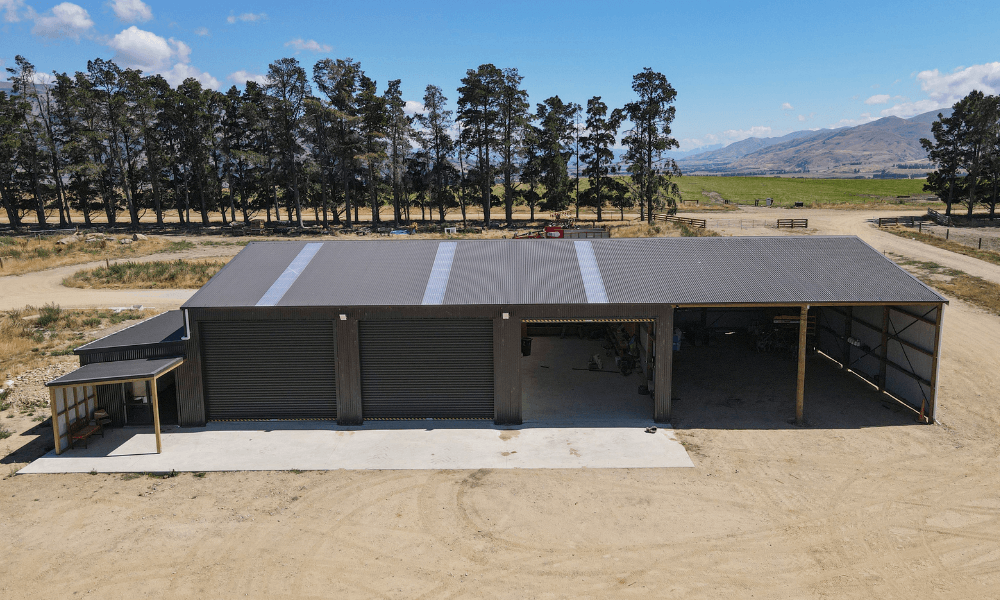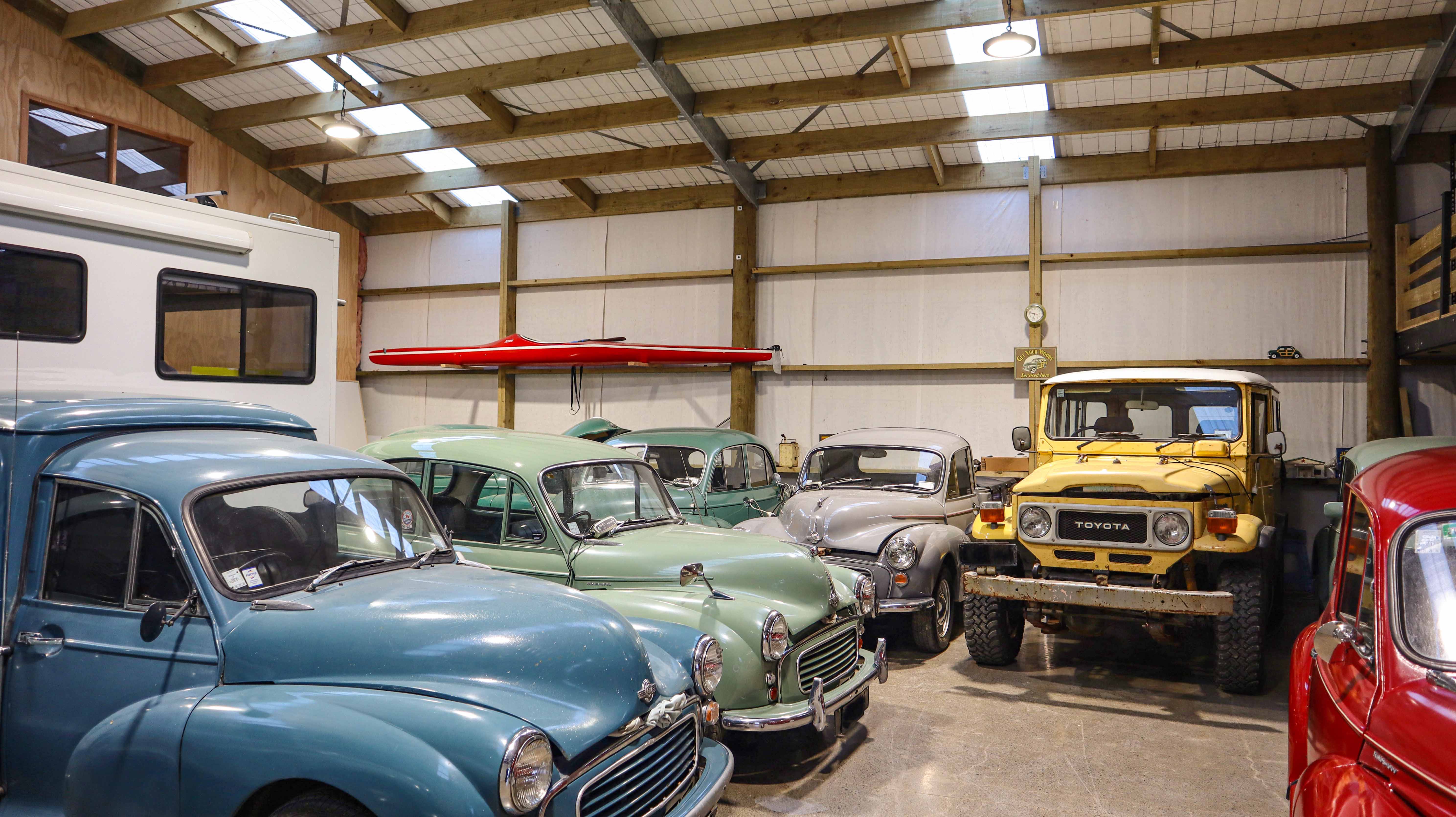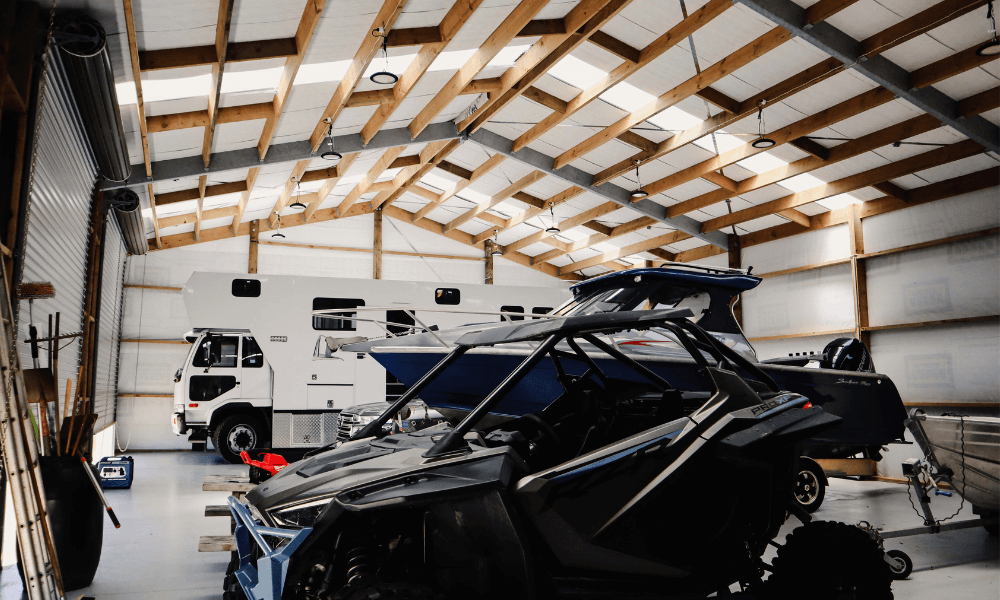.jpg?width=572&name=IMG_0359%20(Edited).jpg) Consistently recognised as one of the top performing dairy farms in New Zealand, and a valued supplier to Fonterra this client needed to invest to meet new effluent compliance standards whilst increasing the protection the cattle had from the elements
Consistently recognised as one of the top performing dairy farms in New Zealand, and a valued supplier to Fonterra this client needed to invest to meet new effluent compliance standards whilst increasing the protection the cattle had from the elements
This operation focuses on optimising efficiency while increasing sustainability. A ‘best in industry’ vision encourages the business operation to be scrutinised regularly for areas that can be improved whilst limiting the impact on quality and performance.
What was the challenge?
The client had identified that wastage was present on the feeding platform that equated to a significant inefficiency over a period of time. Not only was wastage occurring in the feed itself, but time analysis showcased inefficiencies in delivering feed to the pasture that could be reduced in centralisation.
What was the solution?
In 2012 it was decided that a covered feed pad would be built that could accommodate 600 cows, more than the current herd size. This would help the farm comply with effluent and run-off while reducing time wastage in pasture distribution of feed. Offering a covered feed area would also increase cow health during winter and reduced forage requirements for the cow, thus reducing energy demand.
The farm often sees very wet conditions, the covered feed pad provides a dry area for the cows to feed, improving their quality of life and produce quality while reducing pasture damage in wet weather and reducing feed wastage. Location-wise the feed shed was positioned adjacent to the milking shed to enable the cows to flow through from feeding to milking at their own pace.
Why was Alpine Buildings chosen?
The farm was looking to save costs whilst ensuring quality and durability of build. Because Alpine Building solutions are available as easy-to-install kitsets, the client chose to build this in-house, saving around $70,000 - $80,000 in installation costs.
The timber poles of an Alpine Buildings shed also means there is no rust, which is important in areas of high stock effluence.
The bird-free rafter system means that birds do not roost or perch which reduces bird poop on the ground, in turn reducing health hazards in the feed pad environment.
Were there other benefits to investing in the shed?
One of the farm’s key objectives is sustainability, within that is environmental impact and self-sufficiency. A water reticulation system, which captures rain from the roof for transfer to storage tanks to use in the flood wash system reduces the reliance on pump water and allows operations to continue during periods of reduced rainfall without reducing available water for troughs across the farm.
The client says he has seen a number of benefits since installing the new feed pad. The most noticeable has been an increased output of 4 litres of milk per cow, per day. The happy cows are burning less energy than when they were on the paddock, resulting in less feed usage. There is also less pugging on the paddocks, due to the increased time the cows are spending under cover.




